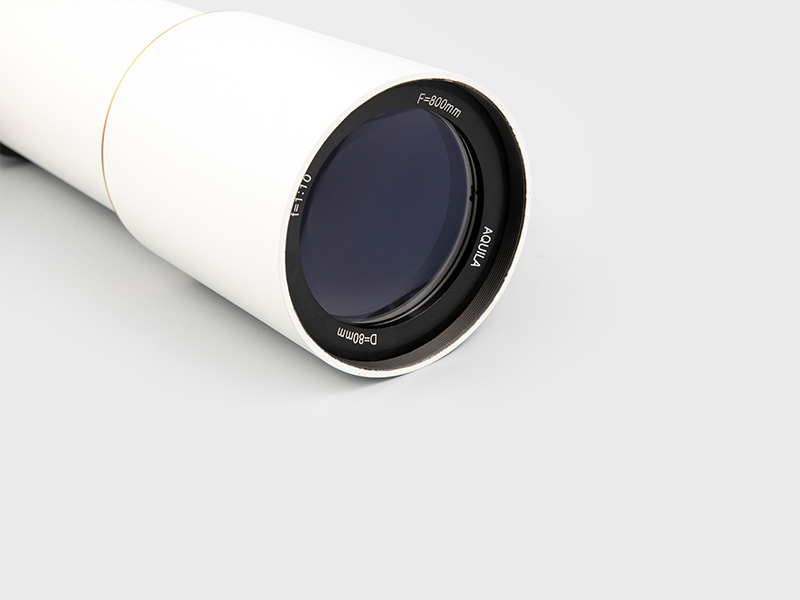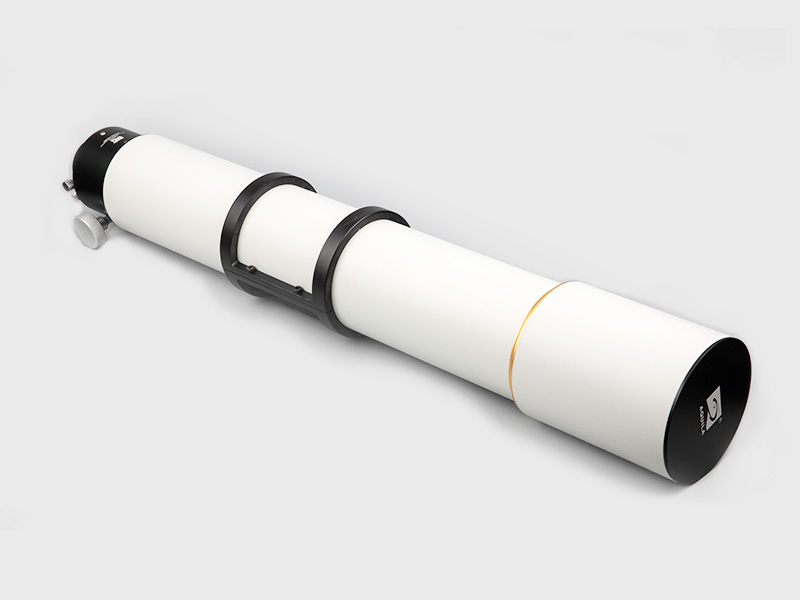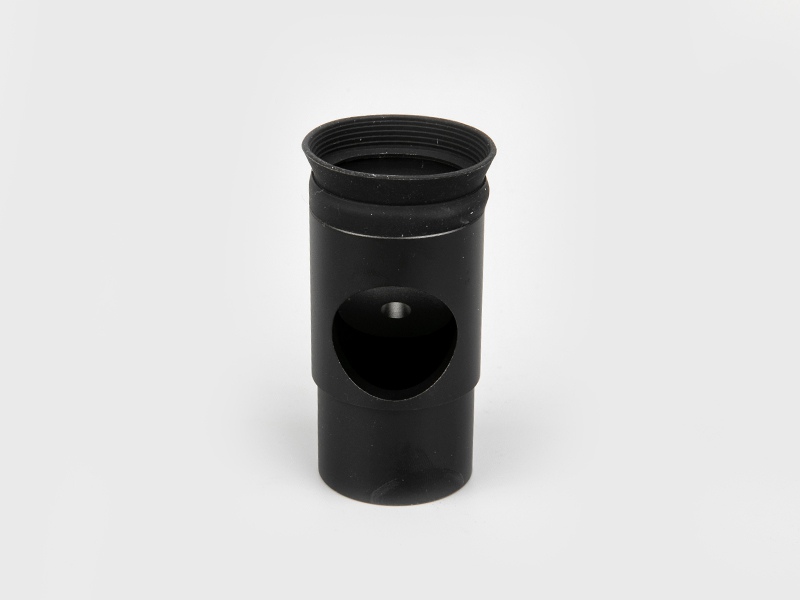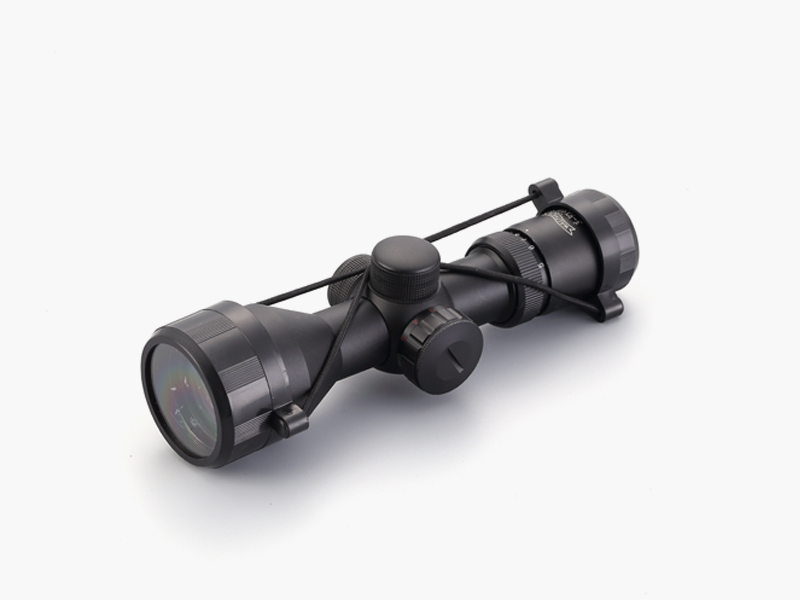The telescope is the bridge between us and the starry sky and the universe. Through the telescope we can observe and photograph stunning celestial bodies, or see the vast universe landscape. The optical telescope has played an important role in our understanding and exploration of the universe.
When observing celestial bodies, if only the naked eye is used, the things that humans can see are very limited, so optical telescopes came into being. Compared with the human eye, the optical telescope has the following obvious advantages: it can increase the light concentration, improve the resolution ability, and it is easy to collimate the celestial body and conduct long-term observation. Because of this, optical telescopes play an indispensable role in people's astronomical observations.
For optical telescopes, the "size" of the model is closely related to the observation capability of the telescope.
An astronomical telescope generally uses six physical quantities to evaluate its optical performance. They are aperture, relative aperture, magnification, field of view, resolution angle, and penetrating power.
The aperture is the effective aperture of the telescope, that is, the part that is not blocked by the frame. Only the larger the aperture can collect more light, so if you want to see a darker star, you need a larger aperture telescope. The relative aperture indicates the ability to observe celestial bodies. The larger the relative aperture of the telescope, the stronger the ability to observe extended celestial bodies. The magnification refers to the magnification of the angle. The longer the focal length of the objective lens, the shorter the focal length of the eyepiece, and the higher the magnification. The field of view is related to the focal length of the objective lens. The shorter the focal length of the objective lens, the smaller the field of view. The resolution angle is related to the aperture of the objective lens. The larger the aperture, the smaller the resolution angle, and the greater the resolution capability. As for the ability of the last factor to penetrate, to put it simply, it is the magnitude of the darkest star that can be seen in good weather. It has the closest relationship with the aperture. A telescope with a larger aperture can see more and more. clear.
It can be seen that the light-gathering ability of astronomical telescopes increases with the increase of its aperture. The stronger the light-gathering ability, the darker and farther celestial bodies can be seen, so it is necessary to develop telescopes of larger aperture. Since the 1970s, with the rapid advancement of technology, the manufacture of telescopes has broken through the limitations of the mirror aperture, especially the emergence and application of active optics technology, which has made a qualitative leap. More representative large-scale optical telescopes include Keck Telescope, Very Large Telescope and Gemini Telescope.
Observation is the basic method of astronomy research, and telescope is the basic tool of astronomy research. Whether the "equipment" is advanced or not, to a large extent determines the development and achievements of astronomy. With the advancement of science and technology, we believe that the future starry sky observation equipment will become more and more advanced, which will allow us to better explore the mysteries of the universe.


 English
English 日本語
日本語 Deutsche
Deutsche España
España








